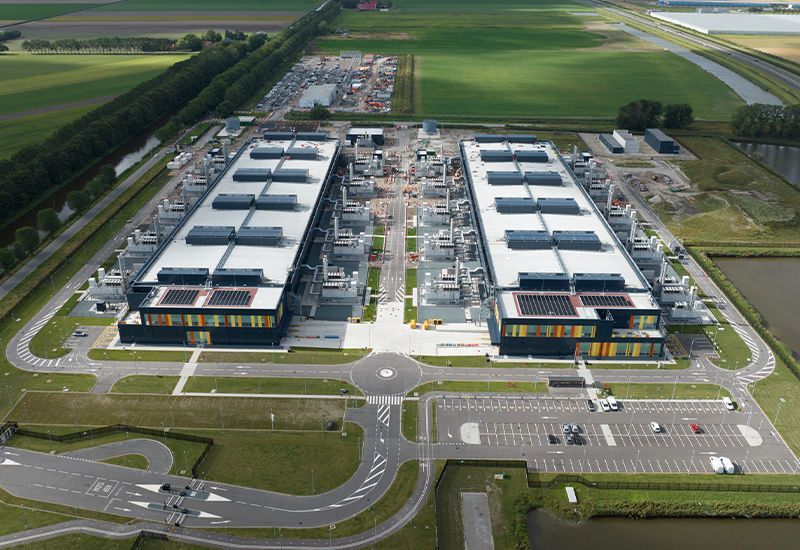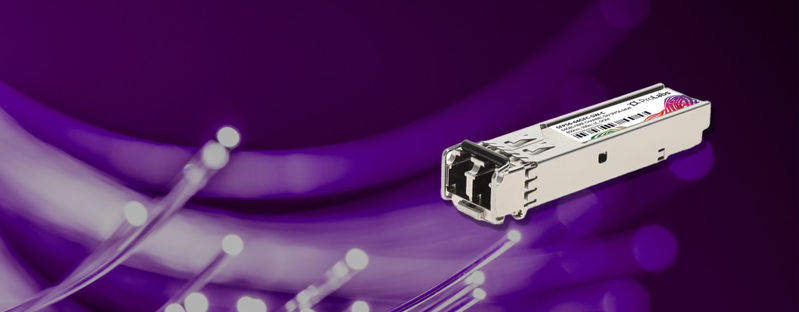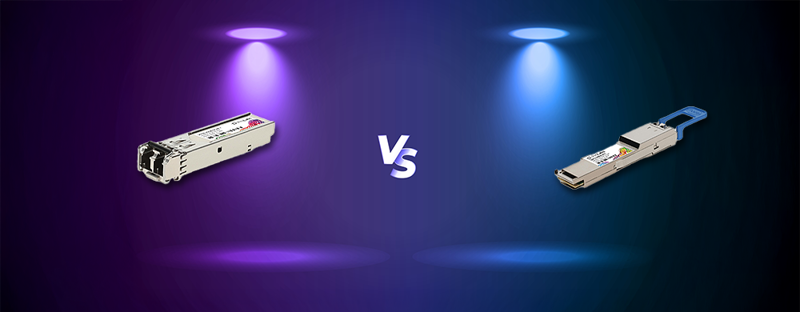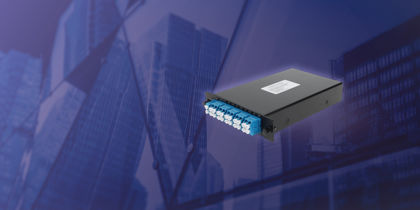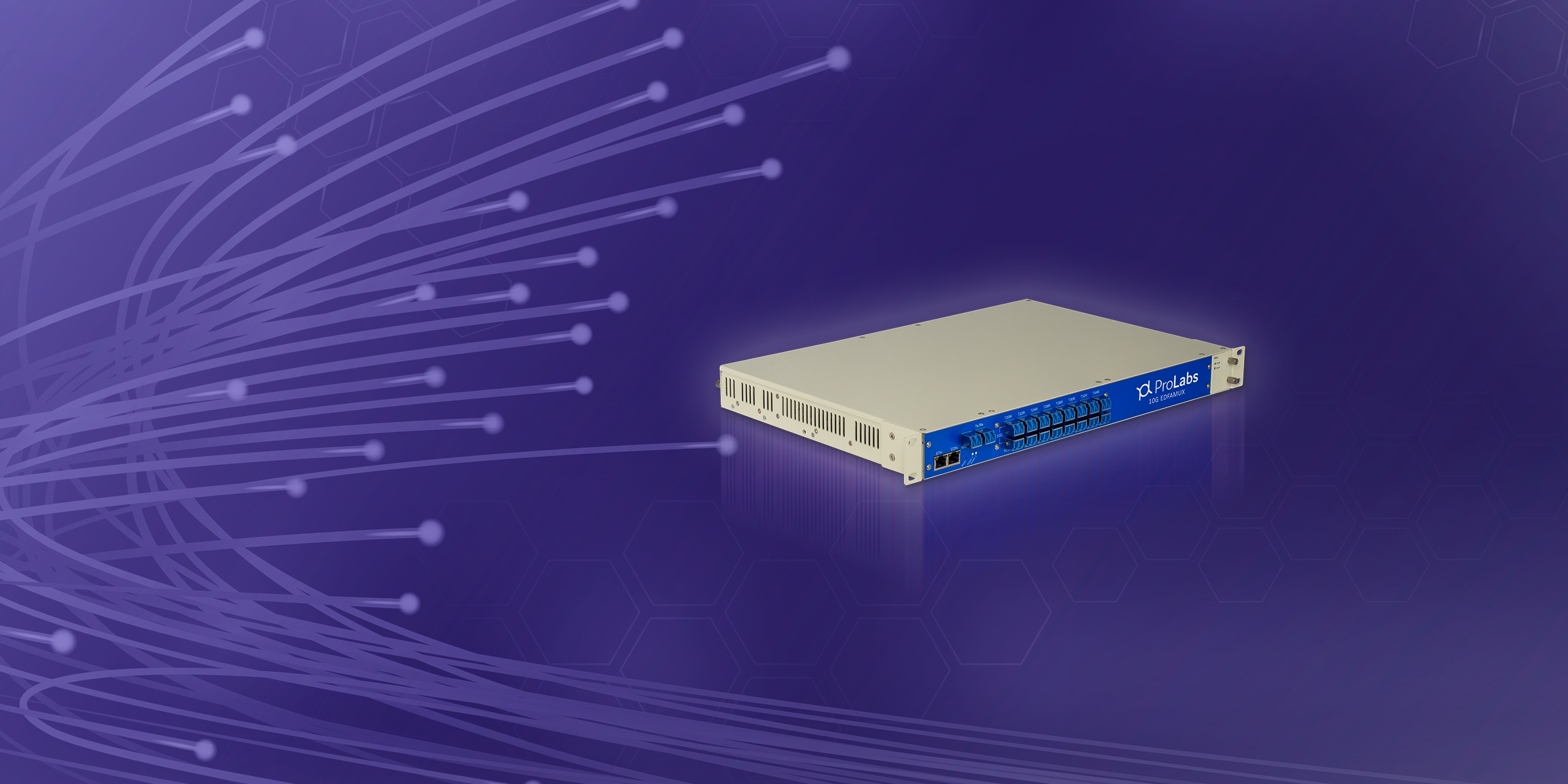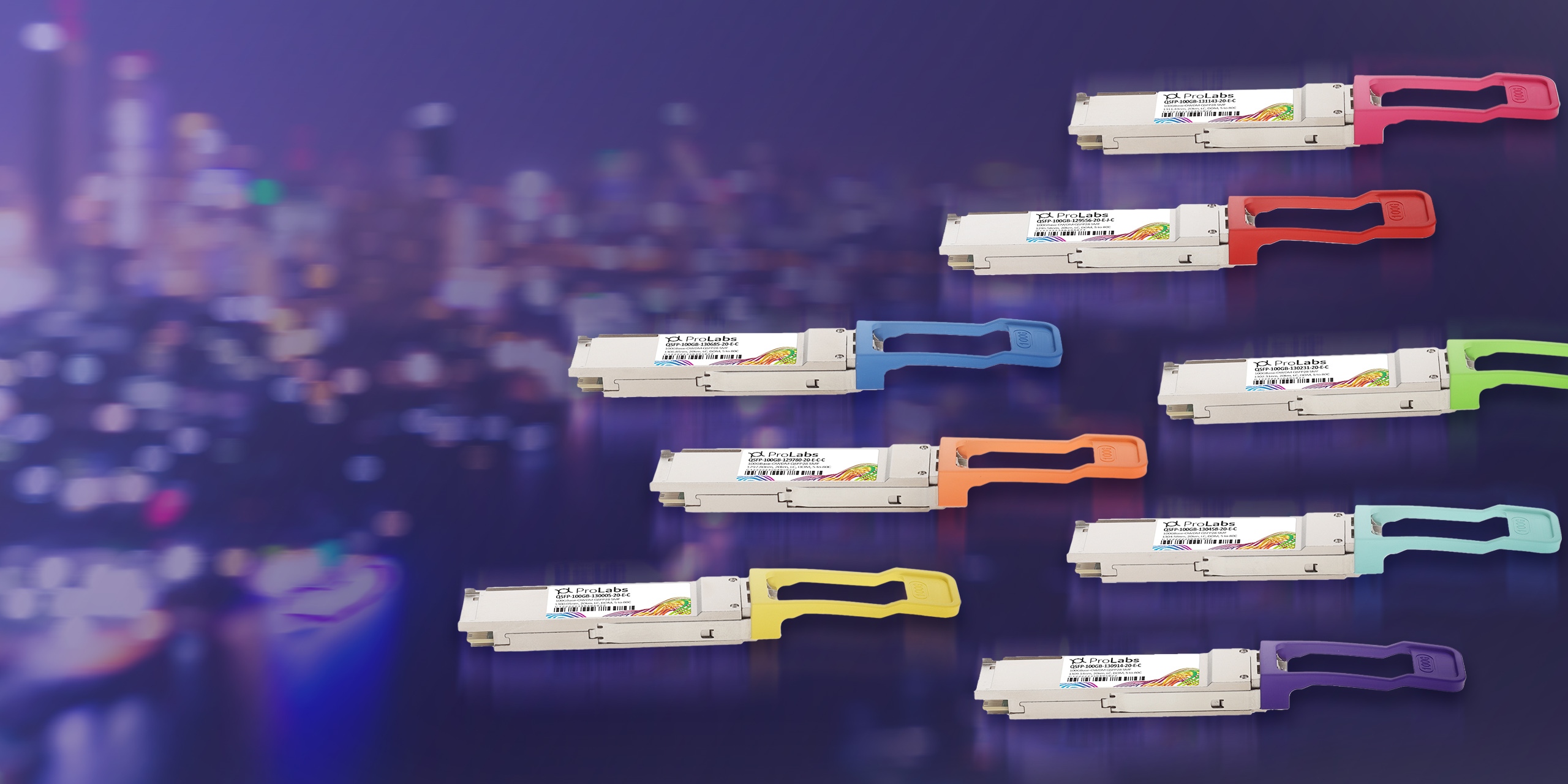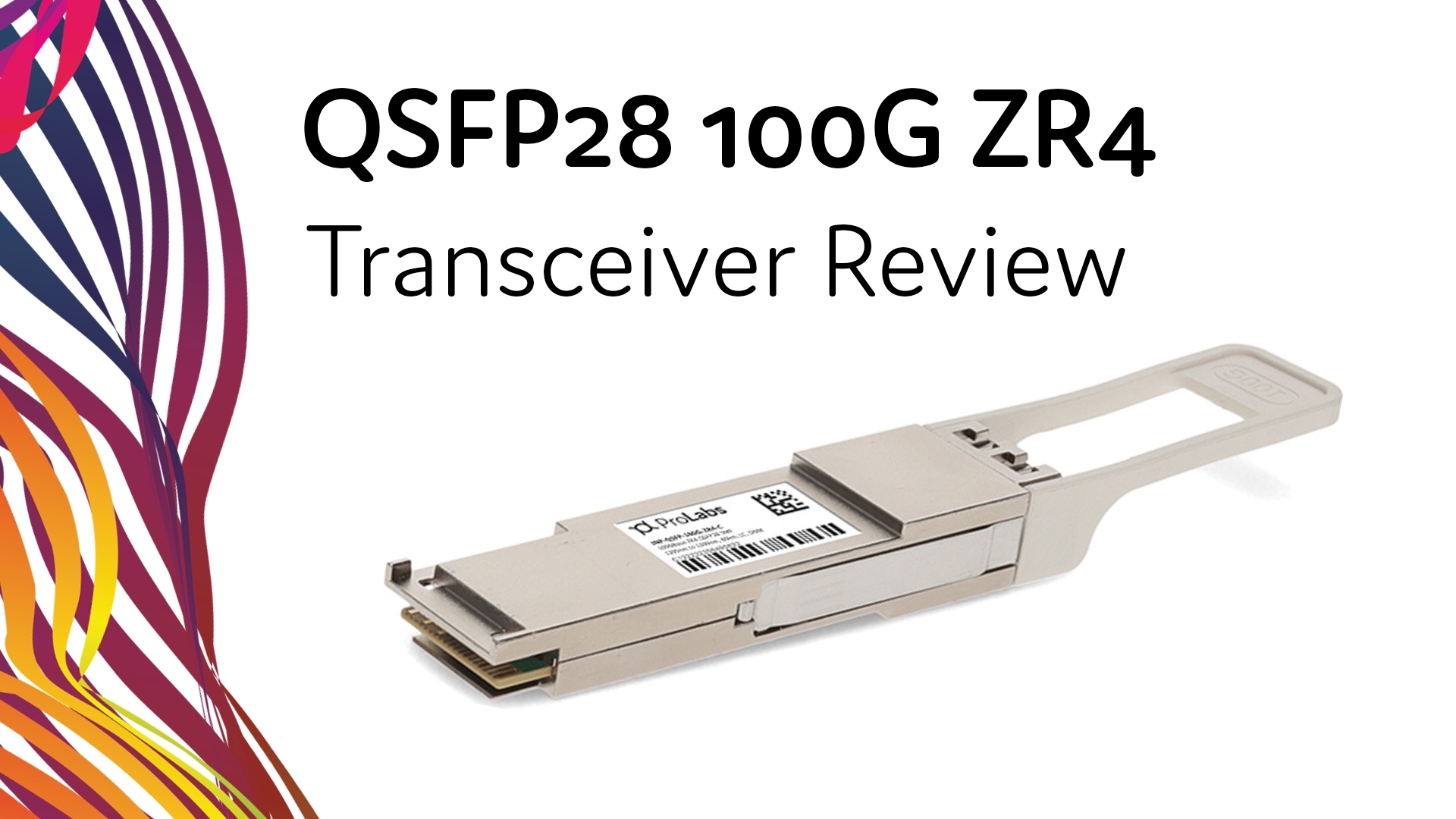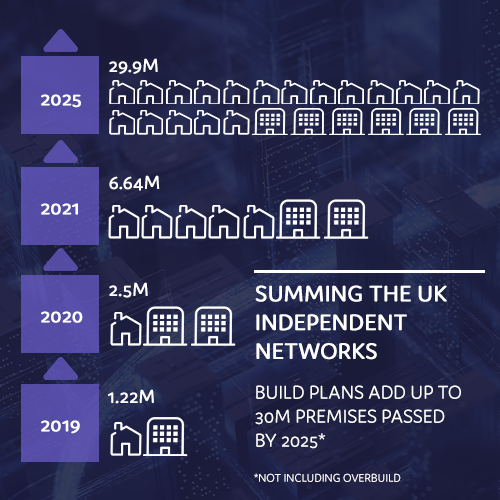To understand how to select the best transceivers for DWDM (dense wavelength division multiplexing) multiplexers/demultiplexers, we must first understand what DWDM is. DWDM is a type of optical multiplexing that is used to increase bandwidth over existing fiber optic backbones for highly optimized long-distance data transmission.
DWDM technology allows optical fiber networks to combine independent data streams by wavelength segregation, which expands the bandwidth of communication networks and enables high-speed, higher-channel-capacity network transmission on existing fiber infrastructure. When deploying a DWDM link, multiplexers/demultiplexer (mux/demux) and DWDM-capable transceivers are critical components. Choosing the appropriate optical transceivers for DWDM mux/demux is crucial for a creating high performing DWDM network segments.
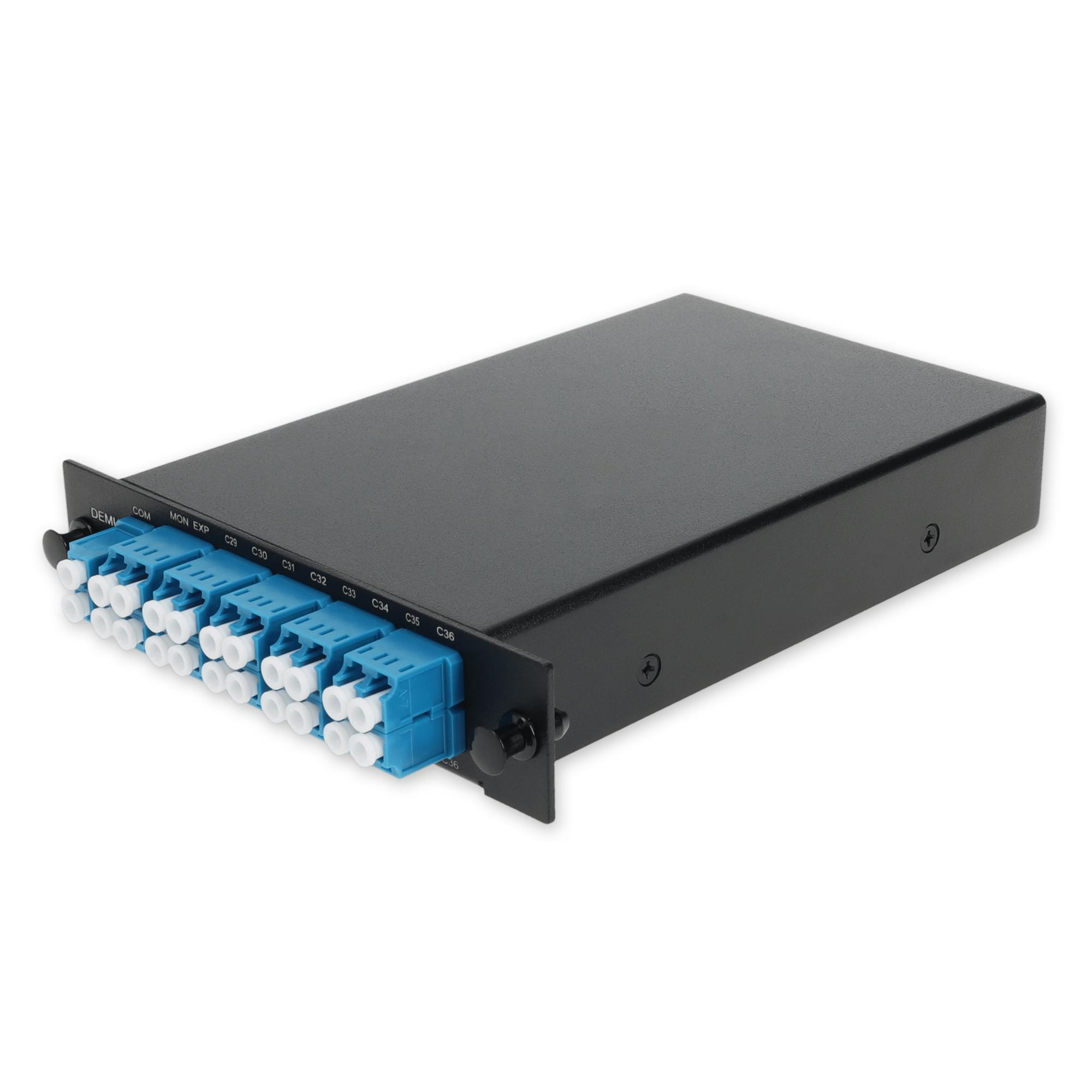
What is a DWDM Multiplexer/Demultiplexer?
In a DWDM system, there are two essential modules: a mux and demux. A mux (multiplexer) is a module at the transmitter end that brings several data signals together for transporting over a single fiber. A demux (demultiplexer) is the same module, but placed the receiver end to separate the signals that come together, passing each channel to an optical receiver.
DWDM mux/demux modules are made to multiplex multiple DWDM channels into one or two fibers. Multiplexing can extend the bandwidth of optical communication network with low cost and long transmission distance, which makes it an ideal network solution.
Common Transceiver Ports for DWDM Multiplexers
The common ports needed for DWDM mux/demux connect external optical fibers to the mux/demux line ports and channel ports used for multiplexing and demultiplexing different wavelengths. The two factors to consider when selecting transceiver modules for these two ports are wavelength and transmission distance.
Transceiver Selection Based on Wavelength
C21-C60 are the most commonly used frequency bands for 100Ghz DWDM. For example, the wavelength range of ProLabs' 40-ch DWDM mux/demux is C21-C60. The optical module's wavelength band can be matched to it. If all 40 channels of the mux/demux are not required, opt for optical modules in the low band, such as C21, C22, and C23.

C21-C36 and C53-C60 are also common frequency bands of ProLabs 16-ch DWDM mux/demux and 8-ch DWDM mux/demux. Their transceiver selection is the same as the 40-ch DWDM mux/demux; simply sort from low to high band. It is worth noting that C53-C60 can also be connected to the CWDM system's 1530nm channel port to enable the upgrade of DWDM services on the CWDM system.
Transceiver Selection Based on Transmission Distance
It is well known that optical losses caused by devices and optical cables occur in all transmission processes. As a result, the actual transmission distance of the DWDM transceiver is shorter than the module's nominal transmission distance, especially in older fiber optic transmission systems.
Due to the different transmission distances, it is necessary to plan the power budget in advance.
Power budget reference formula:
Module budget – mux demux insertion loss * 2 - system margin = power budget available for link transmission
As a result, while selecting an optical transceiver for a DWDM network, it is important to take into account the transmission distance as well as the loss value of the connection at 1550nm and the equipment loss of mux/demux.
DWDM Multiplexer Transceiver Port Functions
1310nm Ports
The 1310nm port allows for traffic transmission at any rate. There are two major considerations when selecting a transceiver module for the 1310nm port: the wavelength of the optical module, which must be 1310nm, and the transmission distance that the optical module supports. ProLabs LR4/ER4/ER8 optical modules support 40G and 100G service transmissions that are suitable for 1310nm ports. Depending on your business's transmission requirements, you can select an appropriate optical transceiver for your network's DWDM mux/demux needs.
Monitor Ports
The monitor port is primarily used for network management and monitoring. It has the ability to divide the total power of all signals on the backbone link by 1%. The monitor port offers flexible monitoring methods, with various monitoring devices, such as optical power meters, spectrometers, and OPMs, to test the power, wavelength, and optical signal-to-noise ratio (OSNR) of optical signals without disrupting services.
Expansion Ports
The expansion port is used to upgrade bands other than the current one. The current band of a 16-ch mux/demux with an expansion port, for example, is C21-C36. When upgrading the service, you can connect a mux/demux with any number of channels to the expansion port without using C21-C36, such as the C53-C60 8-ch mux/demux.

Knowing the different ports on DWDM mux/demux is helpful in selecting transceivers for WDM network deployment. By identifying the different functions your network needs, you can find the exact type of transceiver your DWDM mux/demux needs.



